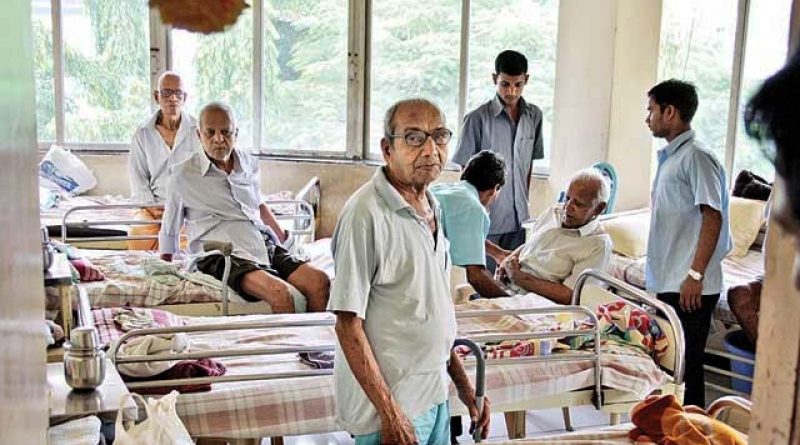Bringing Smiles to Seniors
The National Programme for the Health Care of Elderly (NPHCE) has made seminal contribution to the delivery of promotional, preventive, curative and rehabilitative services to senior citizens so that they can age with security and dignity and continue to participate in the life of the nation with full vigour…
By Dr Gowri Nambiar Sengupta
Launched by the Ministry of Health & Family Welfare during 2010-11, National Programme for the Health Care of Elderly (NPHCE) addresses various health-related problems of elderly people. The programme is an articulation of the international and national commitments of the government as envisaged under the UN Convention on the Rights of Persons with Disabilities (UNCRPD), National Policy on Older Persons (NPOP) adopted by the Government of India in 1999 & Section 20 of “The Maintenance and Welfare of Parents and Senior Citizens Act, 2007” dealing with provisions for comprehensive care of senior citizens. The basic thrust of the programme is to provide dedicated health care facilities to the senior citizens (>60 year of age) at various level of primary, secondary and tertiary health care.
 Objectives of NPHCE:
Objectives of NPHCE:
To provide an easy access to promotional, preventive, curative and rehabilitative services to the elderly through community-based primary health care approach
To identify health problems in the elderly and provide appropriate health interventions in the community with a strong referral backup support.
To build capacity of the medical and paramedical professionals as well as the care-takers within the family for providing health care to the elderly.
To provide referral services to the elderly patients through district hospitals, regional medical institutions
Convergence with National Rural Health Mission, AYUSH and other line departments like Ministry of Social Justice and Empowerment.
Components of the Program:
I. National Health Mission (NHM) Component: Primary & Secondary care service delivery through District Hospitals (DH), Community Health Centres (CHC), Primary Health Centres (PHC), Sub-Centre/Health & Wellness Centres.
II.Tertiary Component: These services are being provided though Regional Geriatric Centres (RGCs) located at 19 medical colleges in 18 states of India and two National Centres of Aging (NCAs) one in AIIMS, Ansari Nagar, New Delhi and another in Madras Medical College, Chennai.
III.Central Component
(i) Research: A Longitudinal Ageing Study in India (LASI) project: The LASI, a nationally representative survey of older persons in India, is being undertaken through International Institute of Population Sciences (IIPS), Mumbai with emphasis on their health, social factor and economic situation. It involves 61000 non-institutionalized Indian residents aged 45 and older and their spouses (irrespective of age) in 30 states and 6 union territories covering 640 districts. The first wave of LASI has recently completed and the report shall be disseminated shortly.
(ii) Monitoring & Evaluation: Regular monitoring through quarterly and annual progress reports analysis is carried out along with regional and national level review meetings. A web-based MIS has been developed for real time monitoring purpose.
(iii) IEC: Various Audio/Video spots, print material-folder, posters etc. have been developed. However, a comprehensive IEC package including an action plan is yet to be prepared.
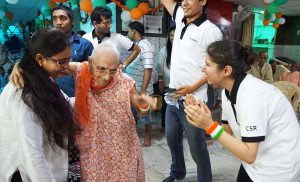 Progress in Operationalization of the NPHCE activities
Progress in Operationalization of the NPHCE activities
As on date, geriatric care services of OPD, IPD, physiotherapy and laboratory have been sanctioned for 713 districts, including for 114 districts sanctioned in 2019-20. The regional geriatric centres which provide tertiary level of geriatric care services along with training, research have been established in 18 out of the 19 sanctioned medical colleges. The two national centres for aging at AIIMS Delhi and MMC Chennai are in the process of development. MMC Chennai is in the advanced stage of construction while AIIMS Delhi is in the initial stage of construction.
Physical Progress
Geriatric OPD services are being provided in 525 DH, 1936 CHCs and 5368 PHCs along with special OPDs in 18 RGCs.
Inpatient services are being provided in 463 DH, along with 16 RGCs.
Physiotherapy services are being provided in 414 DH, 732 CHCs along with 14 RGCs.
Laboratory services are being provided in 494 DHs, 1735 CHCs, along with 13 RGCs.
Geriatric patients have been provided following health care services: 92.73 lakhs OPD, 3.63 lakhs indoor admissions, 4.69 lakhs rehabilitation and 31.34 lakhs lab services respectively by all the operational DHs. In addition, 8.82 lakhs of elderly people were provided health screening, 0.76 lakhs home based care and 0.18 lakhs of elderly provided supportive devices.
These demographic changes are accompanied with new challenges:
i. With increasing age, burden of morbidity (disease and disability) will increase straining the existing healthcare system for curative & rehabilitative services.
ii. There will be an increase in the number of people with depression, dementia such as Alzheimer’s disease, as people who live longer need long-term care as well as respite care mechanisms at their doorstep.
iii. Many older people are at risk of maltreatment. In emergency situation, older people can be especially vulnerable.
iv. However, another paradigm that needs reflection is the chunk of active, enthusiastic and experienced elderly population mostly the young olds (60-70 yrs) who have preventive and minimal curative healthcare needs but are an exuberant peer influencer and a veritable non formal workforce
v. Multisectoral policies are the need of the hour with the right spirit of implementation. However coordinated efforts are required from various stakeholders like other non-health sectors and ministries with respect to elder care and ultimately healthy aging.
Background
1. As per 2011 census, the population of India is 1.21 billion. The elderly population in India is 10.39 (8.6%) crores. The projected elderly population by 2050 in India is 32.43 (20.6%) crores. It is also projected that older people aged 75 years and above shall increase by 340%.
2. As population ages, the sex ratio (No. of females per 1000 males) also increases. The ageing index was 22.7 in 2000 and is projected to increase to 105 by 2050, dependency ratio will increase to 22.6% and potential support ratio will decline to 4.4 persons aged 15-64 years per elderly person. Many a time, elderly are alone at home, as the children move away to make livelihood.
3. It is estimated that during twenty-first century, the growth in population ageing will be even much faster. The projected percentage of aged population is expected to increase by 11 points from 10 – 21 percent. The developing regions will also reach this mark very fast. Thus, the challenge for the future is ‘to ensure that people everywhere will be enabled to age with security and dignity and continue to participate in their societies as citizens with full right’.
4. Information available in the literature indicate elderly face dual burden of disease both communicable and non-communicable. Approximately 75.68% of the older people have one or other disease, 40% one or the other disability and 25% of older people have mental health related issues. Also 8% of the elderly people are bed ridden and need home-based care. This reinforces the need for long term care systems which need to be developed.
Achievements:

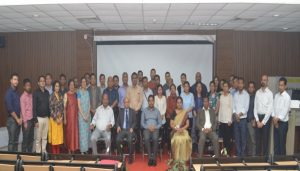
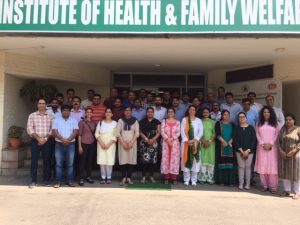
I. Modules: Three sets of training modules for medical officers, nurses and community-based workers to deliver comprehensive geriatric care have been developed in 2018. Training of Trainers (ToT) to identify state level master trainers and facilitate district level trainings is being conducted. State level ToT of medical officers for comprehensive geriatric care has already been conducted at Chhattisgarh, Meghalaya, Haryana and Punjab, Maharashtra generating approx 250 master trainers.
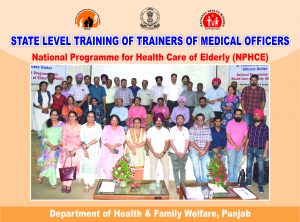
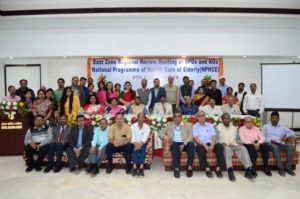
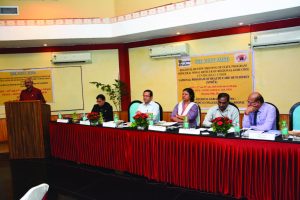
II. NPHCE Website: – An interactive and dynamic website cum MIS of the NPHCE programme (www.nphce.nhp.gov.in ) has been initiated through Centre for Health Informatics (CHI) to provide comprehensive information along with data regarding geriatric facilities and services available throughout the country.
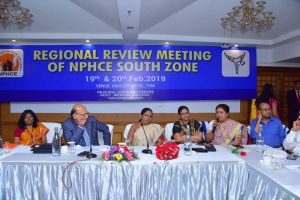
III. IEC: Audio/video spots on different topics of elder care, print material-folder, posters etc. have been developed. The regional language version of IEC material is being developed.
IV. Regional Review cum capacity building Workshop: Four Regional Review Workshops (West Zone, North East Zone, East Zone & South Zone) were conducted to review the functioning, physical & financial progress of RGC’s & States/UT nodal officers.
(The author is Assistant Director General (NPHCE & Public Health), Directorate General Health Services, Ministry of Health & Family Welfare,
New Delhi)

